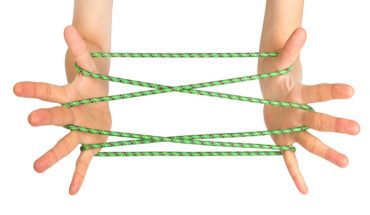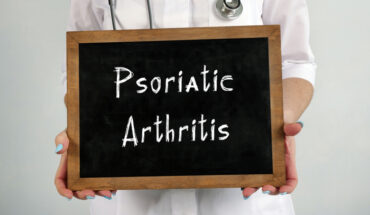There’s a condition that most doctors have never heard of, yet the group of patients that it affects are most likely experts on the condition. It’s a deadly condition that can lead to stroke, convulsions, cardiac arrest and death, yet can be treated in seconds without drugs. In one survey, emergency department staff scored an average of two out of twenty-nine points on a questionnaire to test their knowledge of this condition.
My husband has experienced this emergency more than once in his lifetime and has been met by disinterested or ignorant doctors. His life has been at risk as inappropriate tests are carried out. He has tried to explain the cause and the cure but doctors have been deceived by his set of symptoms and pursued the wrong diagnosis. It’s true that diagnosis is difficult with this condition: it’s a malady that masquerades as a hypertensive crisis with a renal, endocrine or neurological cause or even as recreational drug use when the truth is a lot simpler, but perhaps even more dangerous.
As the wife, I am also a nurse with varied clinical experience and a PhD in physiology, yet I was unaware of this condition until my husband taught me. That’s why I have a certain degree of sympathy with uninformed medical staff: this condition really does seem to fall in the blind spot of healthcare professionals. As wife and nurse, however, I am also caught in an ethical dilemma – in this case, the patient and family know best but should I respect the doctor’s training and let him get on with his job?
Would you diagnose correctly?
Let me take you back to the night that it happened. He sat bolt upright in bed with a severe headache, dilated pupils, beads of sweat on his forehead, chest pain and (thanks to his wife being a nurse), a blood pressure of 280/130 and bradycardia. I told him to lie down, he told me it’s best to sit up. I told him to rest, he told me to call the ambulance.
The paramedic arrived, shook his head and said, “Have you just called me out for a headache”? Failing to get a blood pressure reading, he started to take things more seriously. I asked him to administer GTN spray, he said it was not licensed for this condition, so I gave the GTN. Once the severity of the situation dawned on him, it was decided to take him to the hospital – only to meet another team of professionals in the dark about what was going on.
Bloods were taken, ECG leads attached, and a brain scan was even suggested. I suggested that the trigger could be from the bladder, the bowels, the bones, or from boils or sores on the skin: people thought that I was mad.
The moment of truth
I forgot to tell you that my husband is a tetraplegic: that should change everything in the diagnosis, especially when you now see that the skin is flushed and sweating above the level of spinal cord injury, but pale and cool with piloerection below the injury. The condition is autonomic dysreflexia and represents a disturbance of the autonomic nervous system caused by spinal cord injury. A noxious stimulus below the level of injury such as a blocked catheter or bowel distension triggers a sympathetic response resulting in vasoconstriction (manifesting as hypertension and cool, pale skin); above the level of injury, peripheral baroreceptors detect the increase in blood pressure and activate a parasympathetic response, resulting in bradycardia and sweating/flushing in the upper regions.
The condition was first studied amongst soldiers injured in the First World War. Captain George Riddoch of the Royal Army Medical Corps and Dr Henry Head each became interested in the strange set of symptoms that seemed to randomly appear in some soldiers wounded by bullets or shell explosions. Mystery still surrounds this condition: its appearance is unpredictable – a stimulus that causes an acute hypertensive attack in one patient may have no effect on another. One constant seems to be that it is typically only seen in patients with a lesion at the level of T6 or above.
Boosting awareness of this condition
In the 2012 London Paralympic Games, autonomic dysreflexia made the headlines for all the wrong reasons. Some athletes were found to be self-triggering the condition to raise blood pressure and enhance performance, in a practice known as ‘boosting’. This has now been banned and all tetraplegic athletes are tested for autonomic dysreflexia before the race begins.
The Spinal Injuries Association seek to raise awareness through education; they also produce a wallet card summarising the main features of the condition in case of emergency. There is, however, a general lack of awareness of this condition. They say that a single spark can start a fire: I came across the same paramedic days later, by chance, and he apologised for his initial disinterest and said that he was now teaching others about the condition.
My husband’s autonomic dysreflexia self-resolved as it often does, especially if the patient sits upright and drops their feet over the edge of the bed to promote orthostatic hypotension. Drugs such as nitrates, nifedipine, beta blockers, botox and baclofen might help but only if the correct diagnosis is made, and quickly.
- Care Home Nursing: The World’s Largest Relay Race? - 13th August 2019
- Mouth Care Matters in Older People - 25th June 2019
- Dealing with illness in dreadful hot weather - 26th July 2018






